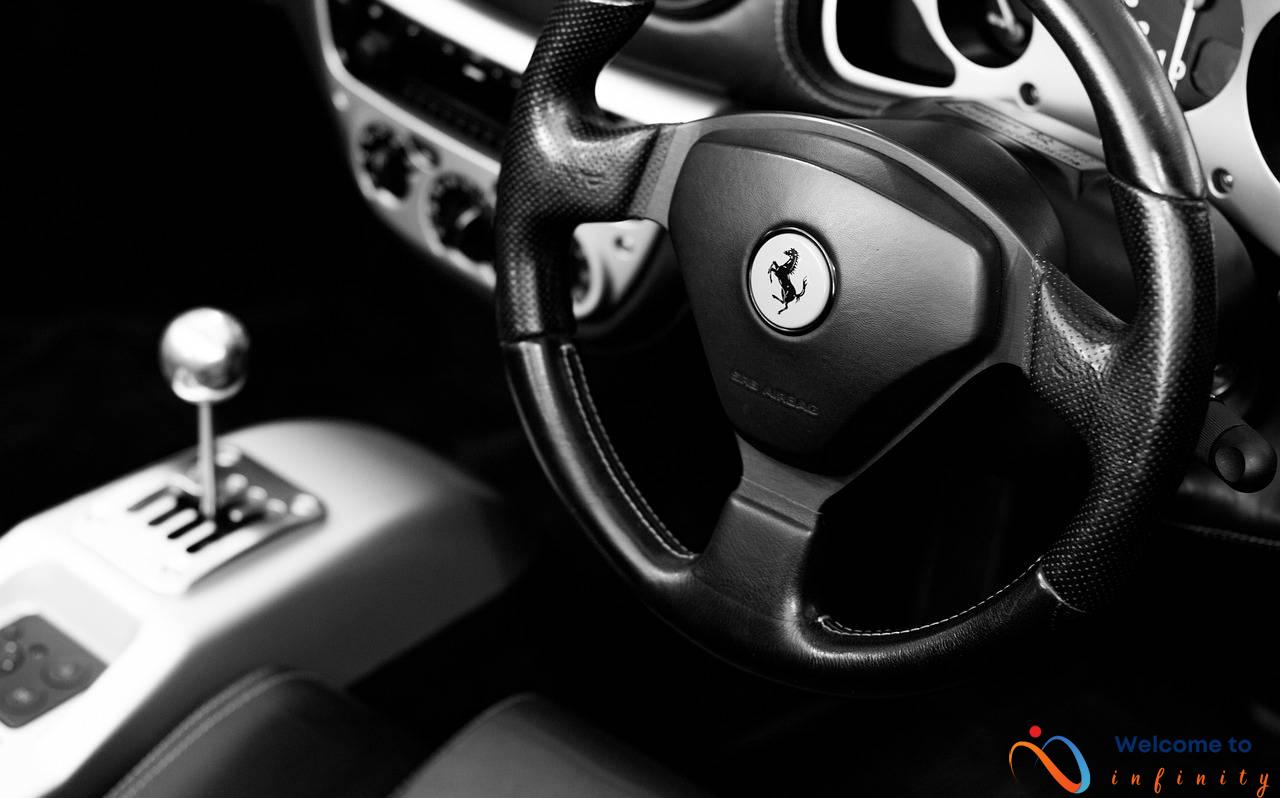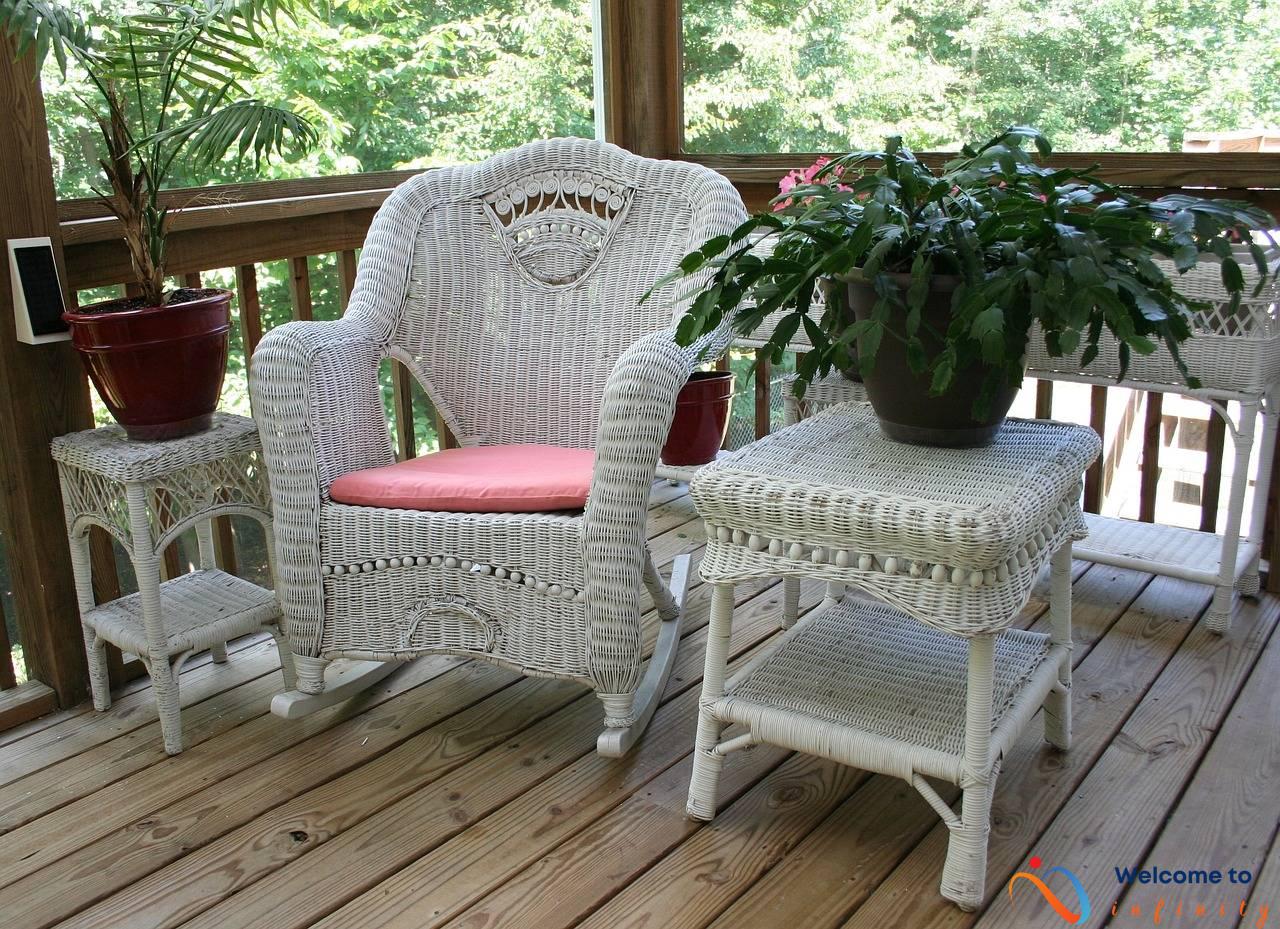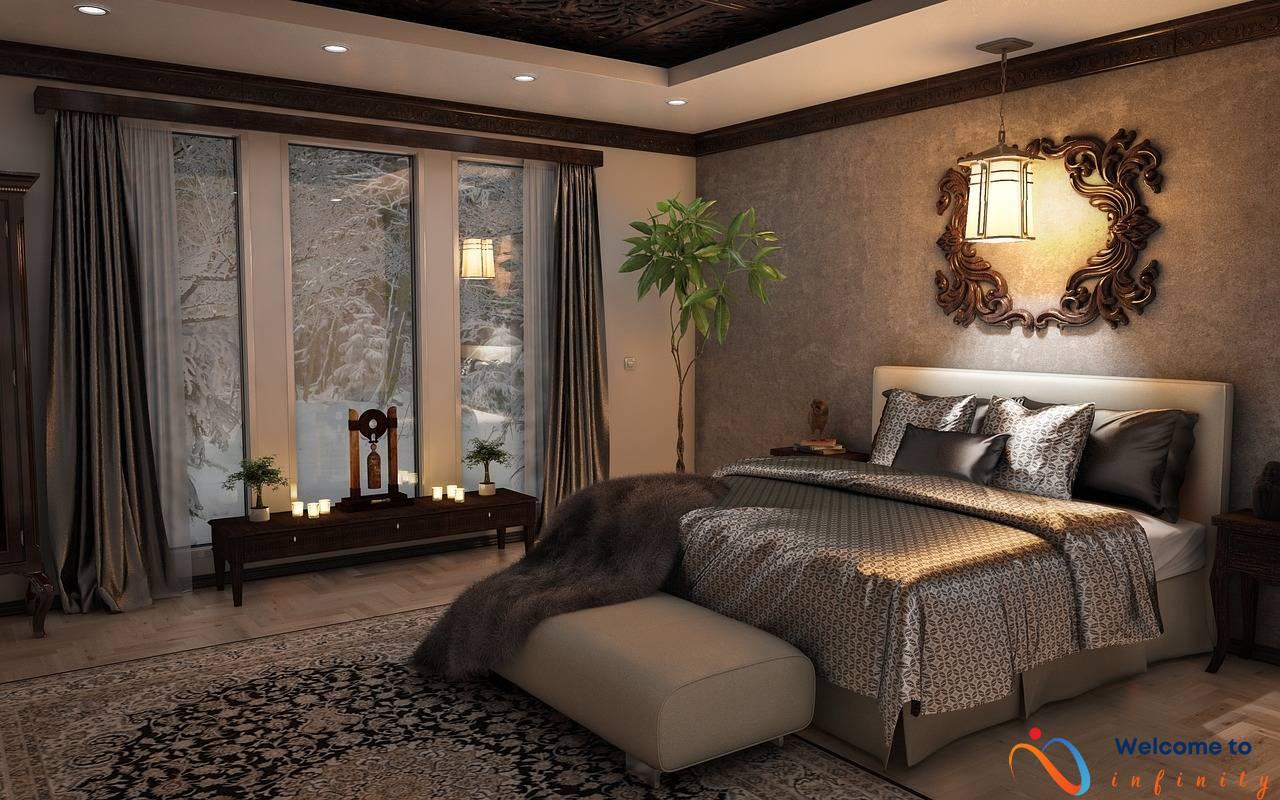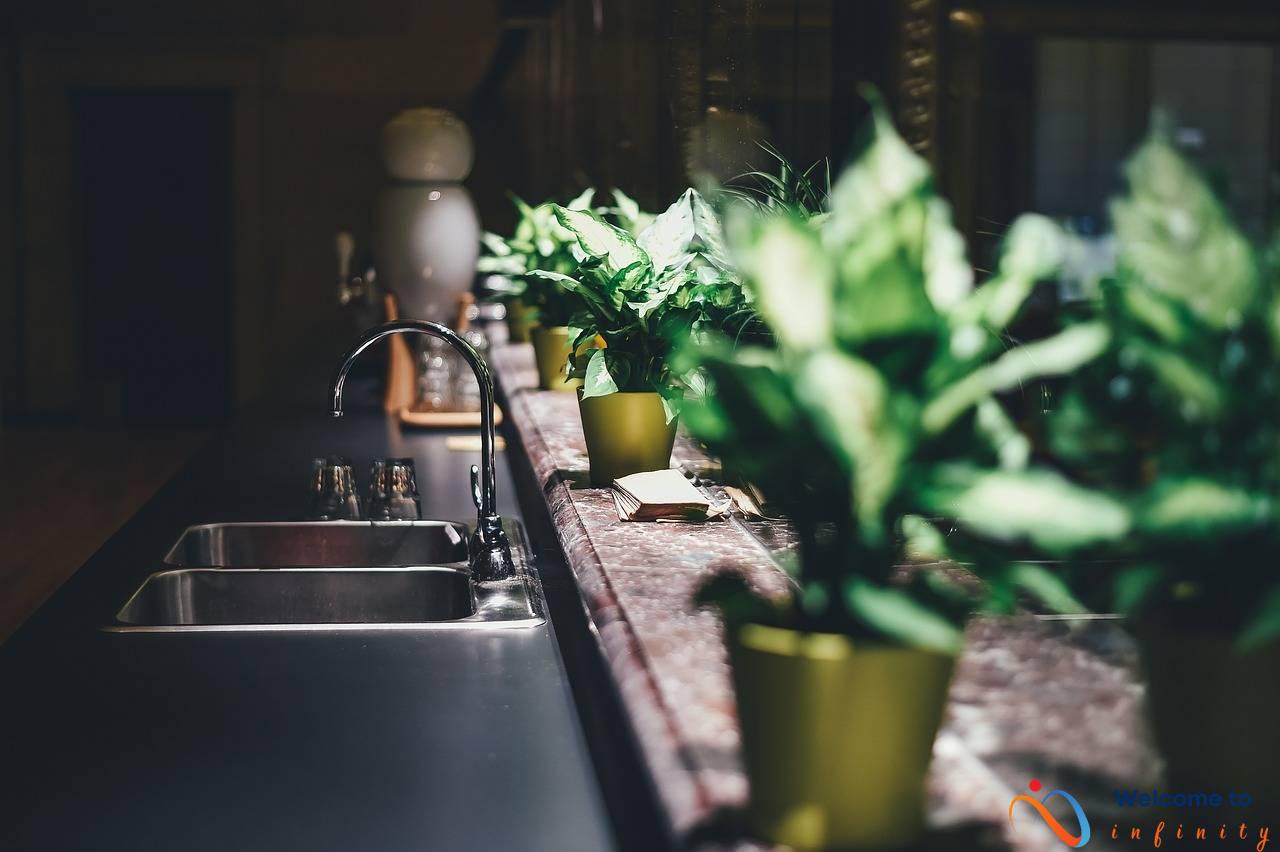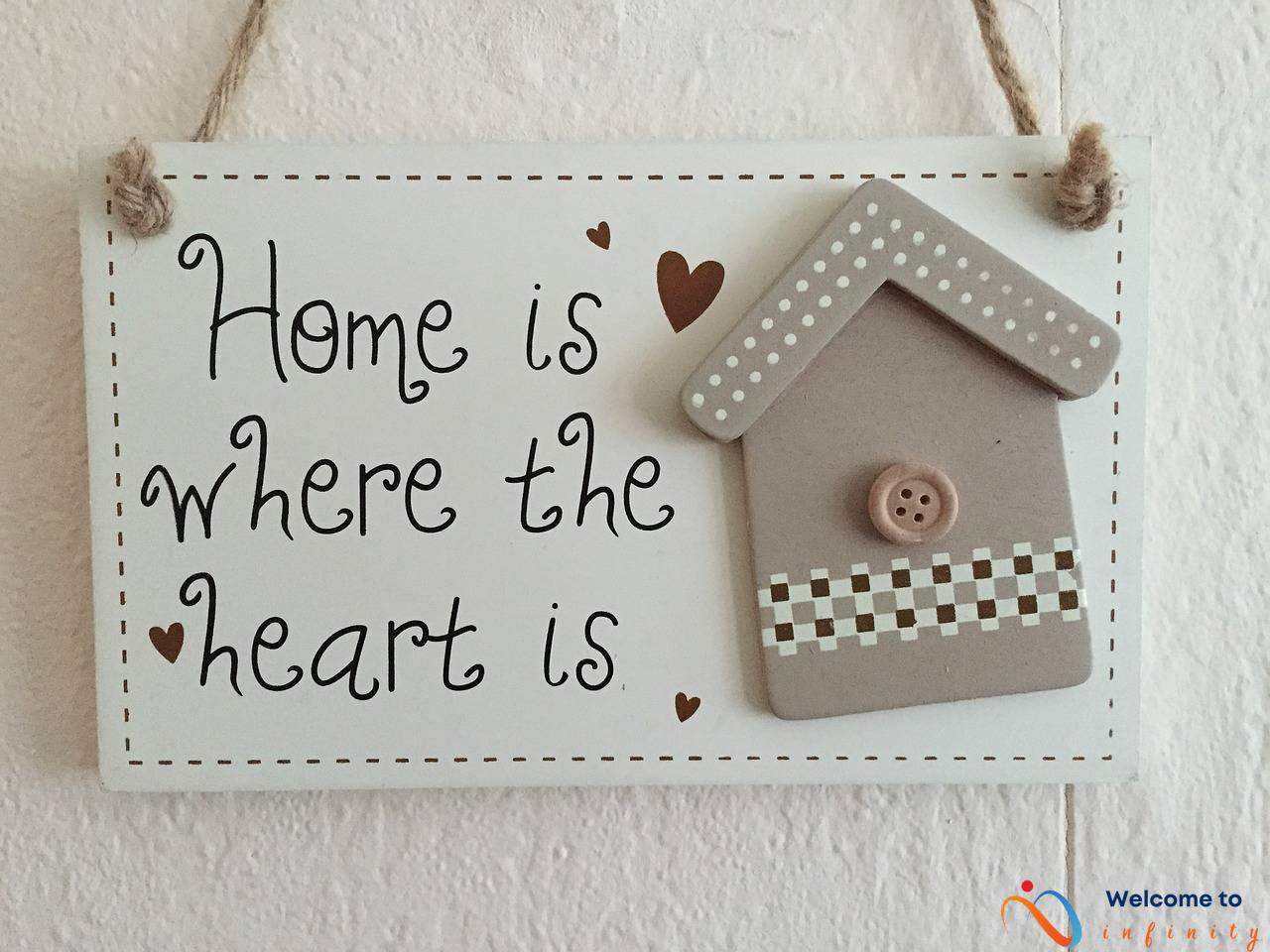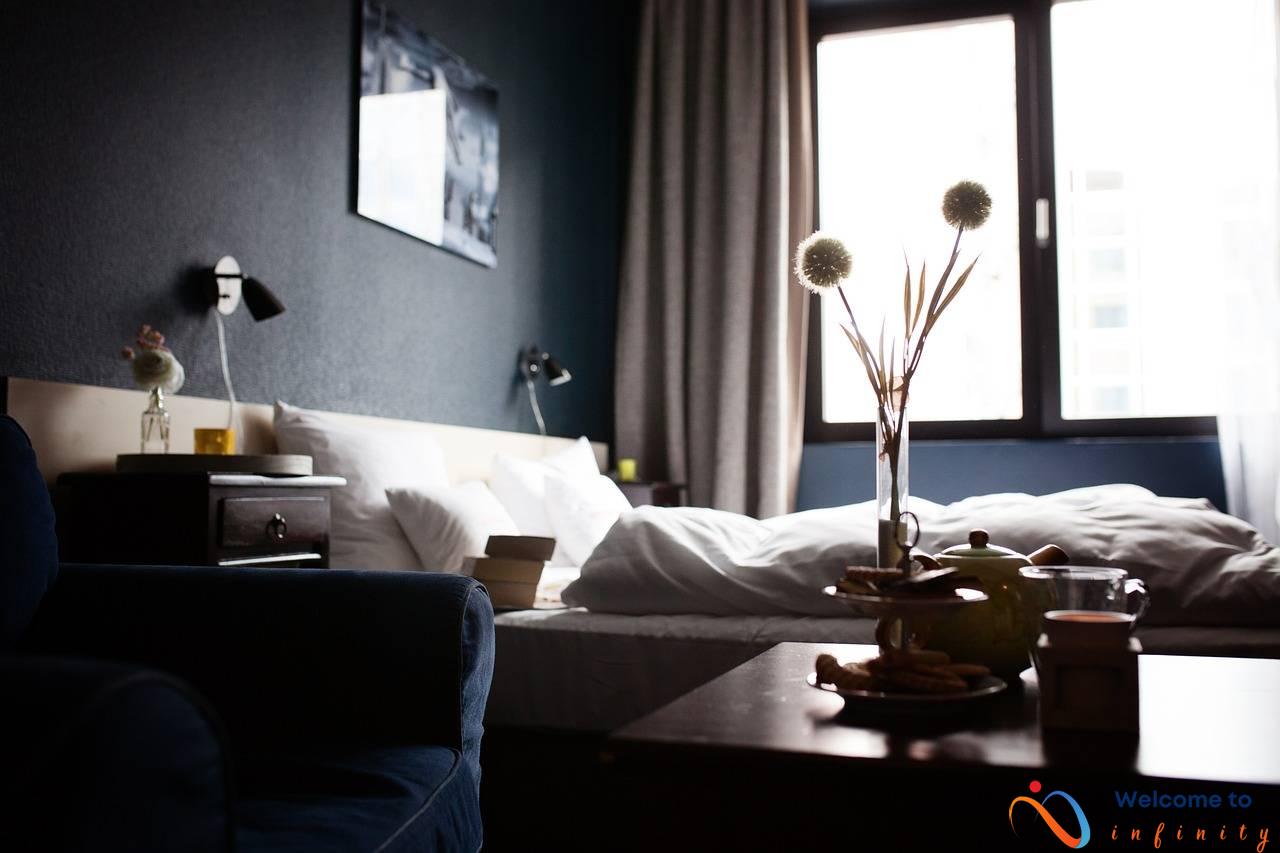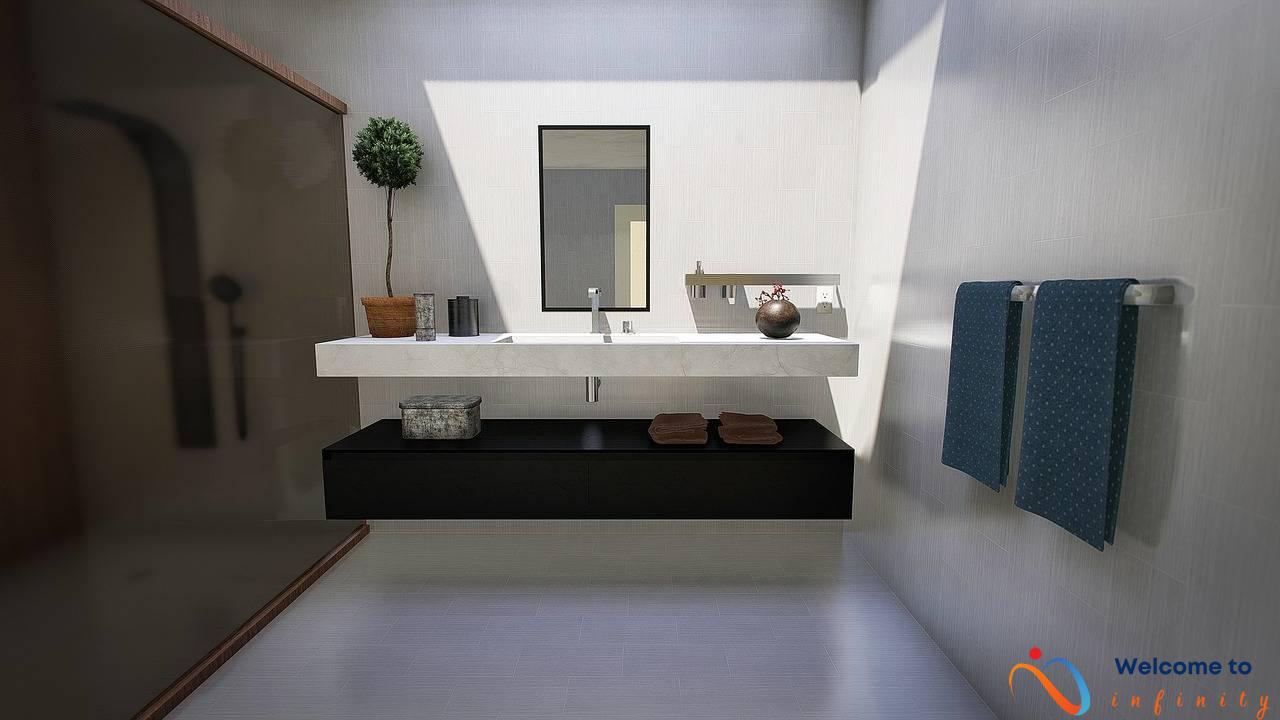When it comes to home design, few styles are as timeless and elegant as Mediterranean architecture. From the stunning villas of Spain and Italy to the cozy cottages of Greece and Turkey, these homes have been inspiring awe for centuries with their ornate details, sweeping arches, and warm, inviting colors.
Yet despite their long history and traditional aesthetic, Mediterranean homes are not immune to the changing winds of design and technology. Today, architects and designers are finding new ways to fuse the classic features of these homes with modern elements, creating a style that is both fresh and timeless.
At the heart of this new approach to Mediterranean architecture is a focus on blending the old and the new in seamless and interesting ways. This can take many forms, from incorporating bold, contemporary elements like glass and steel into the traditional framework of the home to using traditional materials in new and innovative ways.
One of the defining features of Mediterranean architecture is the use of certain materials, like stucco, terracotta, and wrought iron. In modern homes, these materials are being used in new and unexpected ways, such as in bold knock-off designs or as accents to more minimalist, contemporary features.
In addition to playing with traditional materials, modern designers are also rethinking the classic Mediterranean color palette, incorporating bold, vibrant hues like yellow and orange alongside more neutral colors like cream and beige. Lighting is also a key area of focus, with designers using innovative lighting schemes to highlight the curves and angles of the architecture and create a warm, inviting ambiance.
While this blending of old and new has already yielded some impressive results, the future of Mediterranean architecture promises even more exciting developments. With new materials, innovative technologies, and fresh approaches to design, the timeless beauty of these homes is sure to continue inspiring awe for generations to come.
The Basics of Mediterranean Architecture
Mediterranean architecture is known for its timeless elegance and signature design features that have evolved over the centuries. One of the most notable design elements of Mediterranean homes is the use of stucco walls that are often painted in warm, earthy tones. These walls are often adorned with intricate details such as wrought iron balconies, carved wood doors, and decorative tile work. The roofs of Mediterranean homes are traditionally made from clay tiles, providing protection from the hot sun while adding to their charming appearance.
Mediterranean homes are designed to be airy and light-filled, with open floor plans that allow for easy circulation of air and natural light. Large windows and doors are used to blur the line between indoor and outdoor living spaces, creating a seamless flow between the two. Courtyards and gardens also play a big role in Mediterranean architecture, providing a peaceful oasis for homeowners to relax in.
Over time, Mediterranean architecture has evolved to incorporate modern design elements. Today, architects are infusing the traditional look of Mediterranean homes with sleek modern elements, creating a style that is both timeless and contemporary. This blending of old and new can be seen in the use of materials such as glass, metal, and concrete, which are used alongside traditional materials like stucco and clay tiles.
In addition, designers are incorporating new color palettes and lighting schemes into Mediterranean homes while still keeping the classic feel. Textured walls in shades of grey, blue, and green are becoming popular, creating a subtle yet stylish contrast to the warm tones of the stucco walls. Lighting fixtures are also being updated to include sleek, modern designs that complement the overall look of the home.
Overall, Mediterranean architecture is a style that continues to evolve and adapt to modern times while staying true to its timeless roots. With its signature design features and airy, light-filled interiors, it is a style that is sure to stand the test of time.
Melding Classic and Contemporary Design
Mediterranean architecture is known for its classic design elements that are deeply rooted in history. However, in recent years, architects have been incorporating contemporary design elements to create a unique hybrid style – the modern Mediterranean home. By melding classic and contemporary design, architects are able to infuse traditional Mediterranean homes with sleek modern elements.
One way this is achieved is through the use of materials. Traditional Mediterranean homes are known for their use of natural materials like stone, clay, and wood. In modern Mediterranean homes, these materials are being used in new and innovative ways, such as incorporating reclaimed wood into flooring or using natural stone accents in unexpected locations.
Another way architects are blending old and new is through color palettes and lighting. While Mediterranean homes are typically known for their warm, earthy tones, modern Mediterranean homes are incorporating bolder, more vibrant colors into the design. This may include using pops of bright blue or green on accent walls or incorporating colorful tile work into the home. Additionally, modern lighting fixtures that feature clean lines and minimalistic designs are being used to blend with traditional Mediterranean design elements.
Finally, the future of Mediterranean architecture is being shaped by new technologies and design approaches. Sustainable materials and energy-efficient design choices are becoming increasingly popular in modern Mediterranean homes. In addition, designers are experimenting with new innovations like smart home technology to make traditional Mediterranean homes run more efficiently and effectively.
As the world becomes more connected, it's only natural that home design will evolve to reflect the changing times. The melding of classic and contemporary design in modern Mediterranean homes is just one example of how architects are able to create something new and exciting while still paying homage to tradition.
The Use of Materials
When it comes to Mediterranean architecture, material choice is key in creating that classic look and feel. Traditional materials such as brick, stone, and stucco are still widely used, but modern architects are also incorporating newer and more innovative materials into the mix.
In addition to the classic materials, contemporary Mediterranean homes are incorporating more glass and steel, which creates a sleeker look. This infusion of new materials is allowing architects to play with a balance between old and new, creating unique and visually stunning homes.
For example, some designers are now using eco-friendly materials in their projects. This includes recycled materials for flooring and countertops, and bamboo for sturdy yet sustainable furniture. With these new materials, Mediterranean homeowners can have the best of both worlds: classic beauty and sustainable living.
The use of materials is not just limited to the interior of Mediterranean homes. Exteriors are also being given a modern upgrade. rustic stone and brick exteriors are being paired with glass walls and sleek metal accents. This creates an interesting contrast between old and new, a true homage to the Mediterranean design.
In conclusion, the use of materials in modern Mediterranean homes is a fusion of tradition and innovation. Architects are pushing the boundaries by using new and eco-friendly materials, while still keeping the classic beauty of Mediterranean homes intact. The result is a stunning blend of old and new, creating a timeless yet contemporary look.
Color Palettes and Lighting
Color and lighting play a significant role in the overall aesthetic of a Mediterranean home. While classic color palettes typically consist of warm earthy tones and cool blues, modern Mediterranean homes are introducing new and bold color schemes. Designers are infusing bright colors and incorporating patterns to bring a fresh and contemporary look to the traditional style.
In addition to new colors, lighting is playing a crucial role in the design of modern Mediterranean homes. Oversized pendant lights and modern chandeliers are being introduced to bring a sleek new look. Designers are also incorporating natural lighting to highlight the beauty of the Mediterranean landscape. Large windows and open spaces allow for an abundance of natural light, giving the home a warm and inviting feel.
Despite these modern updates, designers are careful to maintain the classic feel of a Mediterranean home. Bold colors are added but not overpowering, and lighting is used to enhance the natural beauty of the home without distracting from the traditional elements. The result is a harmonious blend of old and new, creating a stunning and unique home.
Overall, the use of color and lighting in modern Mediterranean homes is evolving and providing a fresh take on a timeless style. By carefully balancing the old with the new, designers are creating homes that are both functional and beautiful, with an aesthetic that appeals to a wide range of homeowners. Whether you prefer a classic or modern look, a Mediterranean home is sure to provide a stylish and comfortable haven.
The Future of Mediterranean Architecture
The future of Mediterranean architecture is exciting and full of possibilities. With new technologies and design approaches emerging, the classic look of Mediterranean homes is being augmented with even more modern features, creating homes that are both functional and aesthetically pleasing.
One of the most exciting aspects of the future of Mediterranean architecture is the use of green technology. Solar panels, for example, are becoming a popular addition to Mediterranean homes, helping to reduce energy consumption and save homeowners money in the long run. Additionally, designers are looking at ways to incorporate sustainable materials such as bamboo into the construction of Mediterranean homes.
Another aspect of the future of Mediterranean architecture is the use of smart home technology. Homeowners are now able to control everything from their home's temperature to their lighting through their smartphones, creating a more convenient and energy-efficient lifestyle.
In terms of design, architects are continuing to meld classic and contemporary features in new and innovative ways. For example, sleek modern lines are being incorporated into the traditional arched entryways of Mediterranean homes, creating a unique and eye-catching look. Designers are also experimenting with new color palettes and lighting schemes, retaining the classic feel of Mediterranean homes while still infusing them with a modern touch.
In conclusion, the future of Mediterranean architecture is bright and promising. As new technologies and design approaches continue to emerge, architects and designers are finding even more ways to infuse modern elements into the classic design of these iconic homes. Homeowners can expect to see even more exciting innovations in Mediterranean home design in the years to come.


